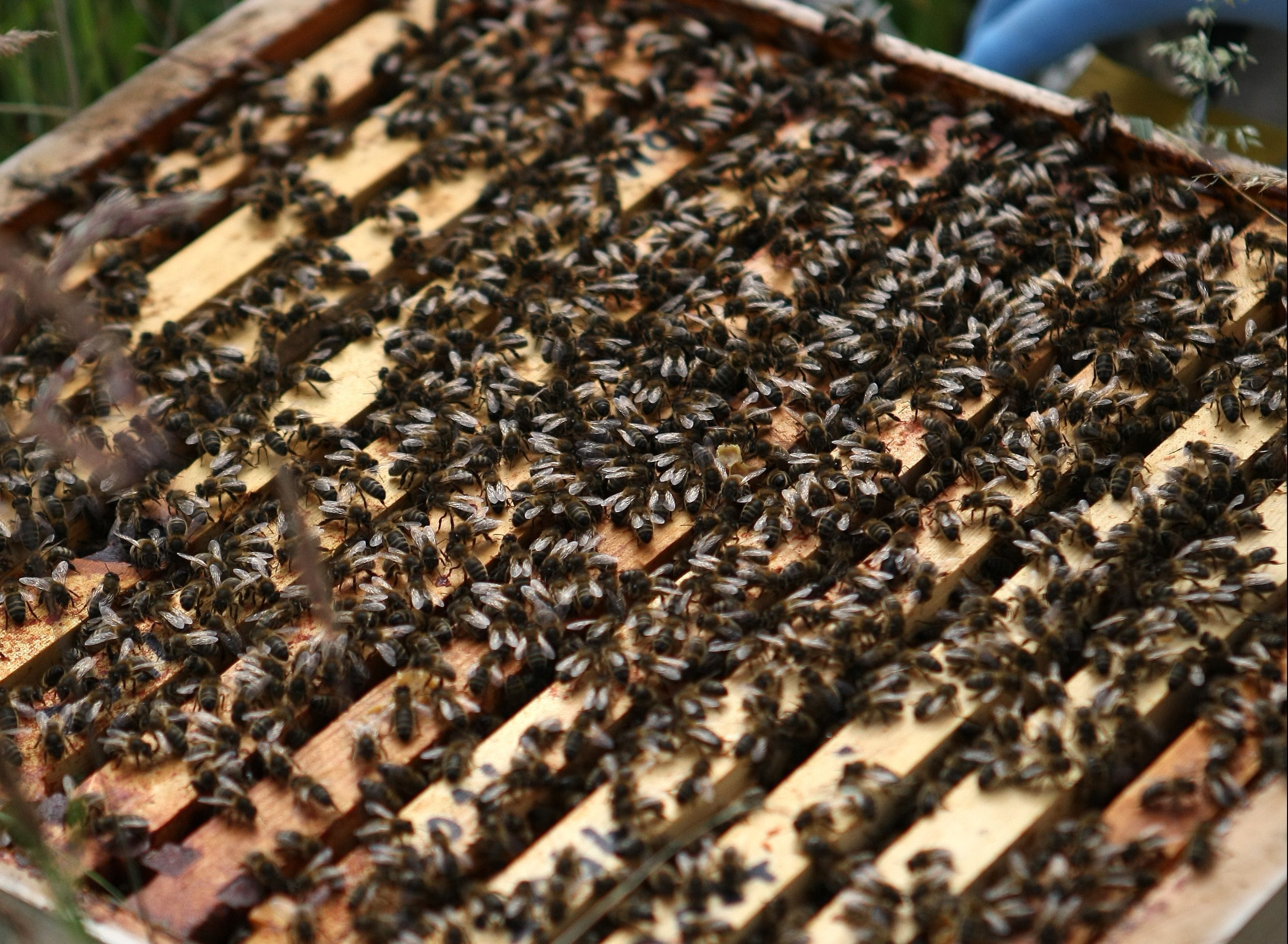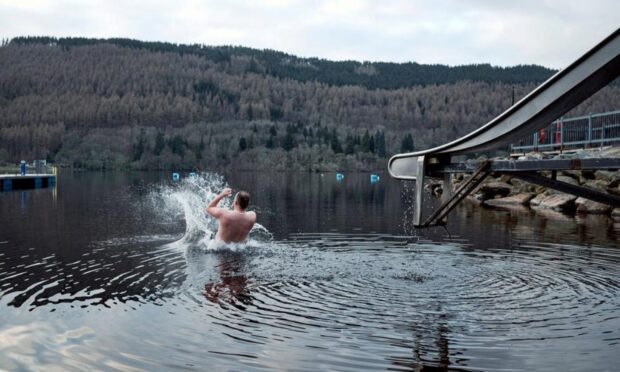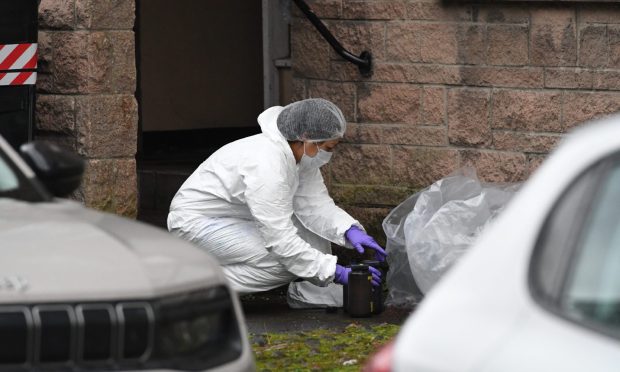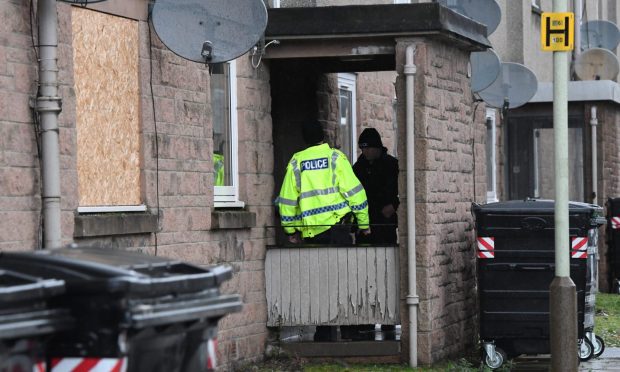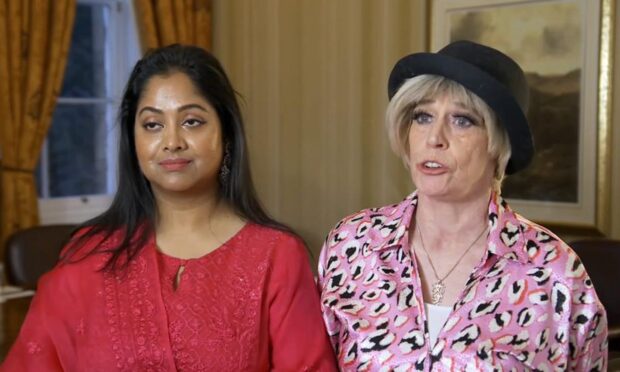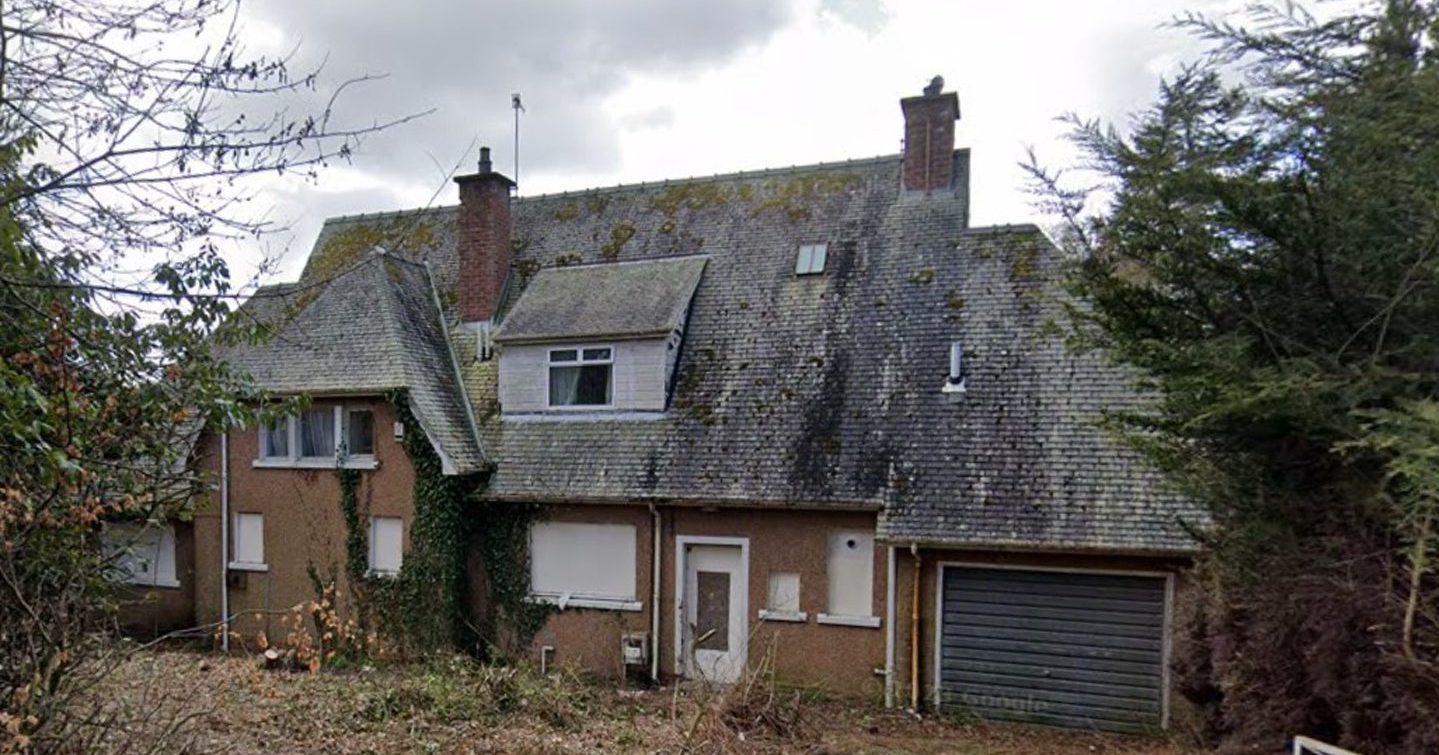A Tayside bee expert is spearheading a campaign to save Scotland’s endangered native honey bee.
The species is under threat from disease and imported honey bees but the Scottish Native Honey Bee Society, which launches in April, aims to redress the balance in favour of the locals.
The first meeting of the new organisation will be held in Perth on April 1.
Gavin Ramsay, owner of Tay Bees and Honey and the bee health and science officer at the Scottish Beekeepers’ Association, has been one of the driving forces behind the formation of the society.
He said: “We have reached a crucial juncture for the survival of our own Scottish honey bees.
“Scottish native honey bees are a brown bee with a reputation for frugality which helps them withstand even the dreichest of Scottish weather, but, like the Scottish Wildcat, it has been getting increasingly difficult to find good pure examples and if we don’t take action to reverse their decline we may see them disappear.”
Ironically, some of the problems facing the Scottish bee, also called the European Dark Honey Bee or Apis mellifera mellifera, come from the resurgence of beekeeping as a hobby.
Gavin said: “It’s fantastic that there are so many new and enthusiastic beekeepers today but many of the bees available to them are derived from imported stock of non-native bees and when these cross with our native strain it puts the Scottish bee in big trouble.”
Pests new to the country, such as the devastating Varroa mite which arrived in 1992 and has almost completely eradicated wild honey bees in Scotland, are likely to have moved with imported stocks.
It is hoped the newly-established Scottish Native Honey Bee Society will help beekeepers promote the conservation and study of the native species.
“We want to raise awareness that there is a native honey bee in Scotland and that there is value in its conservation,” said research scientist, Dr Ewan Campbell of the University of Aberdeen, who is also involved in the new society.
“Disease and hybridisation are putting the native honey bee in real trouble here. We know, thanks to modern genetics and morphology, that small pockets of native honey bees do still cling on in some parts of Scotland, but for how long?”
